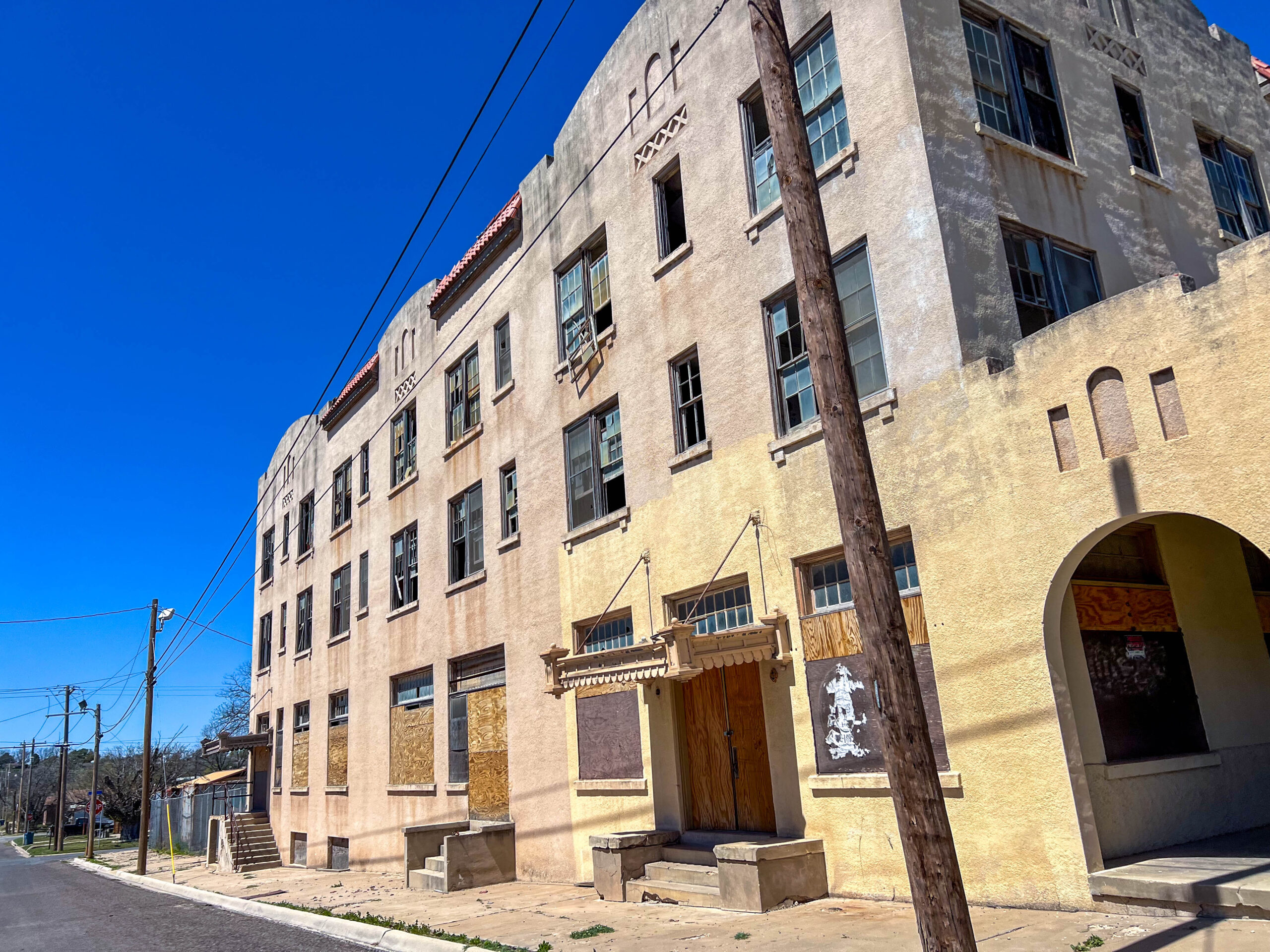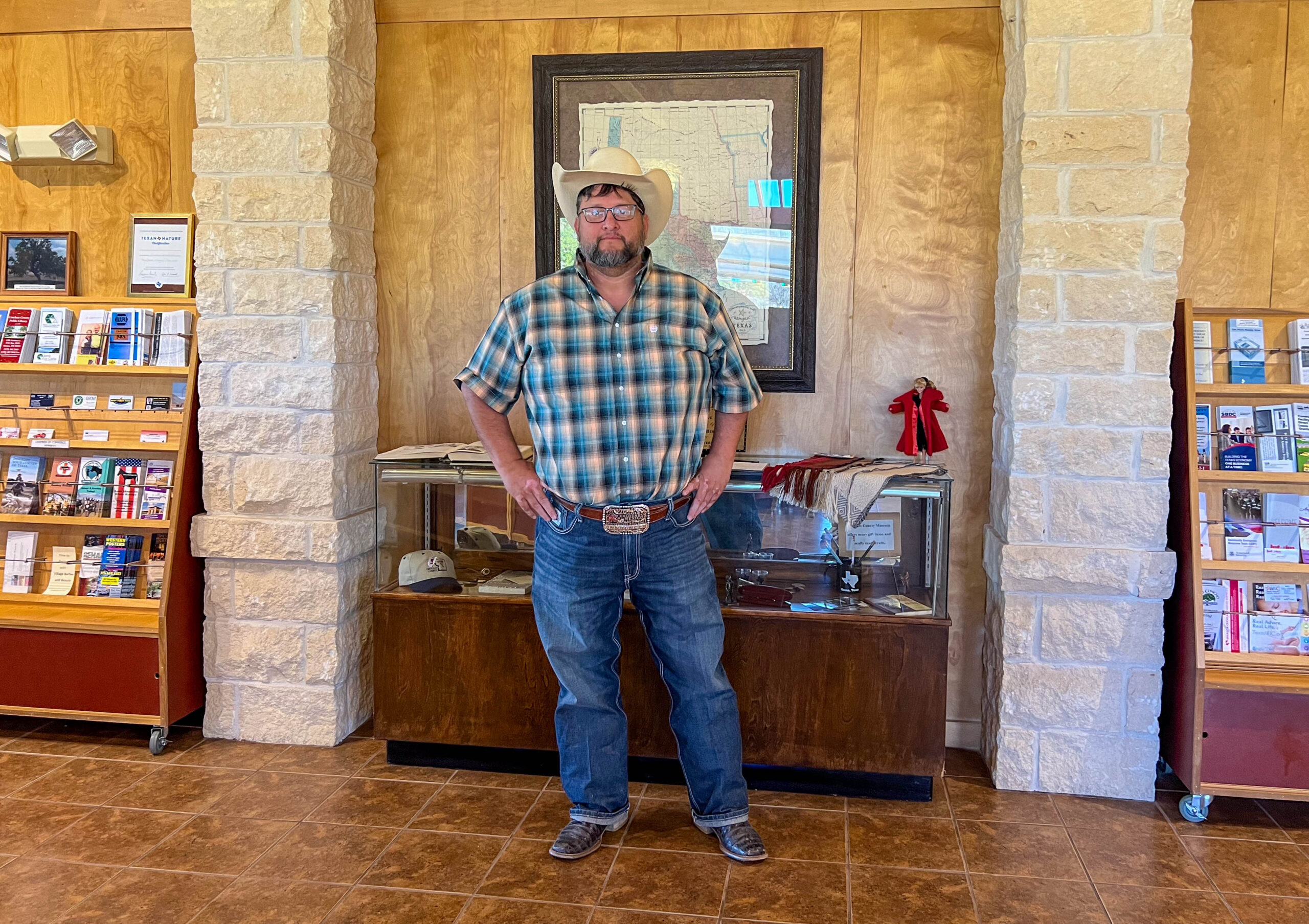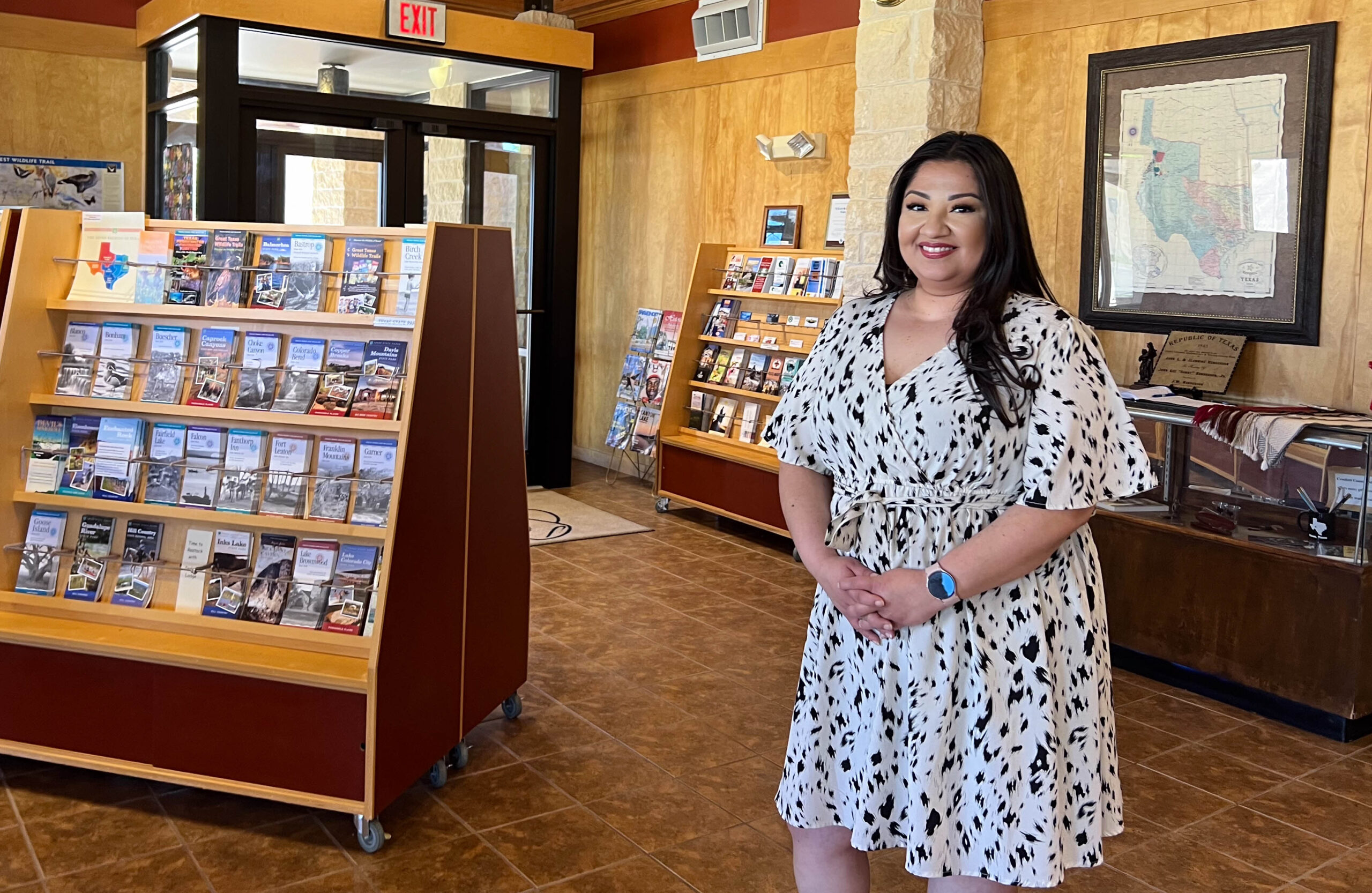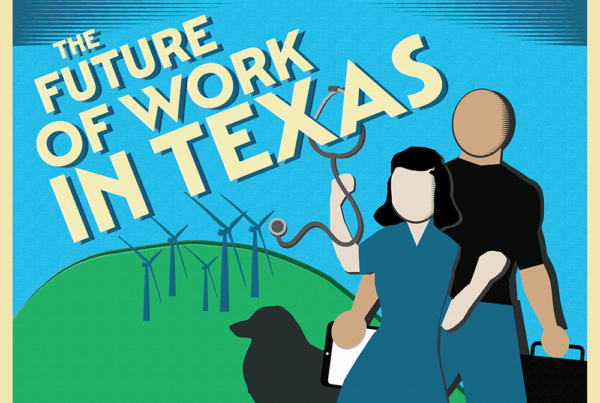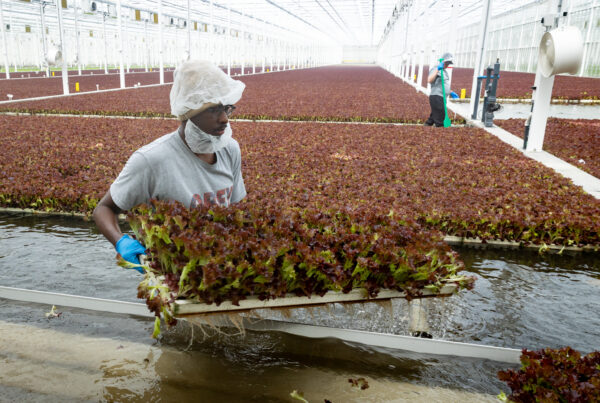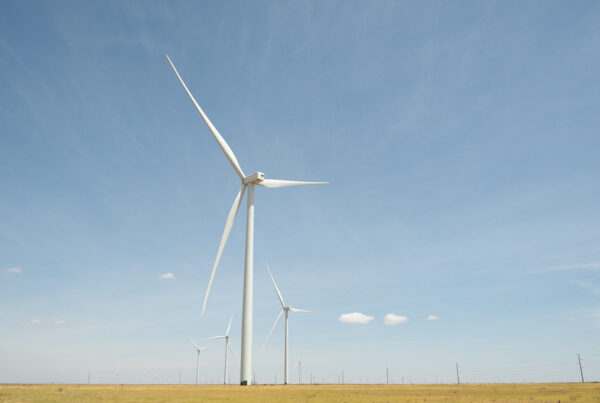CROCKETT COUNTY – Out in Ozona, Ruben Cruz talked about the American Dream.
“I was raised in Acuña, so my English was not real good,” he said. “Now they’re paying us to talk on a microphone.”
Cruz is a self-employed rodeo announcer who travels around the U.S. for work. He recently hosted the 2024 Tuff Hedeman Tour in El Paso, where he was allowed to do a bilingual broadcast.
“One of the first companies to pretty much give me the freedom to talk English and Spanish whenever I wanted,” he explained. “And I think it was a hit.”


